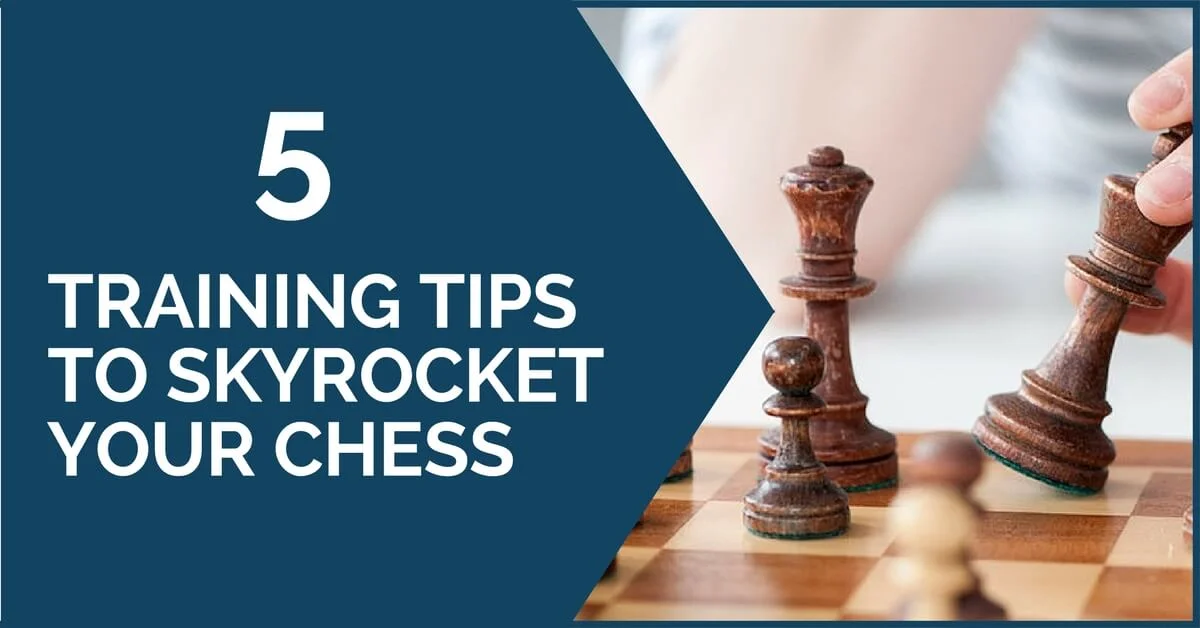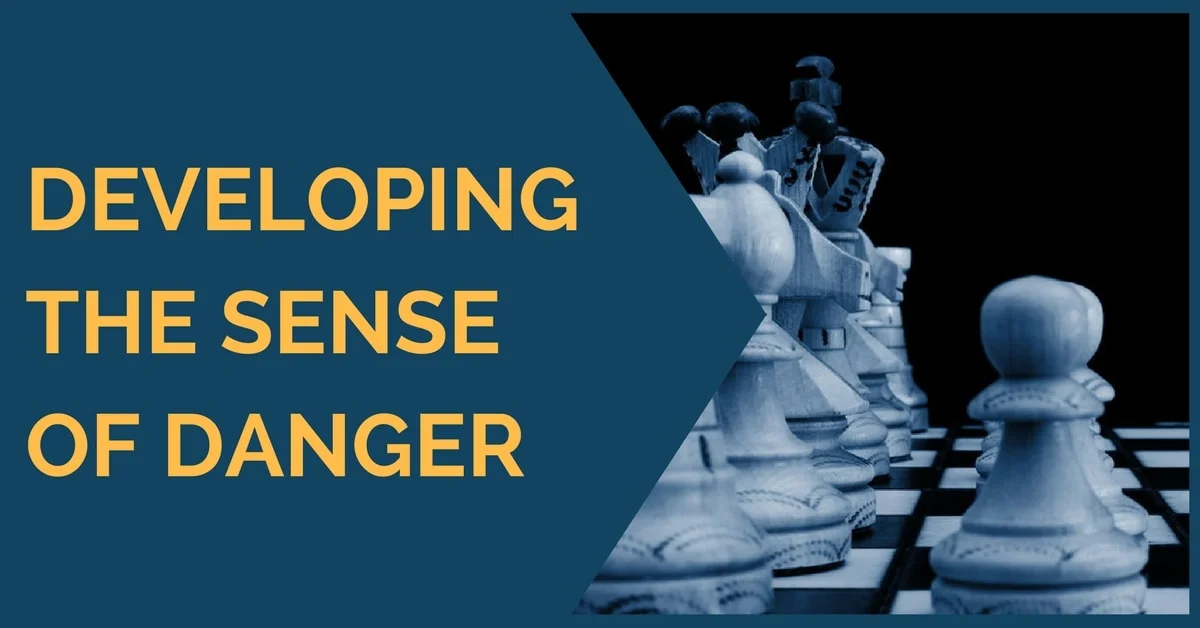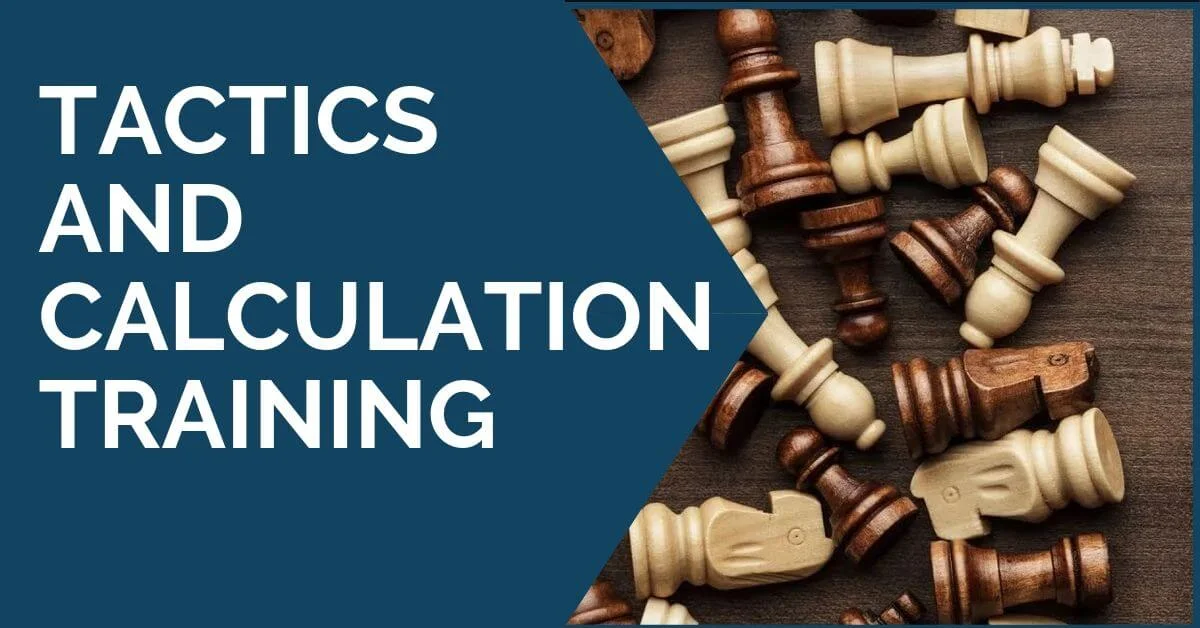5 Training Tips to Skyrocket Your Chess

The daily chess training is something every ambitious player should take seriously. No matter what your rating is, if your goal is to become a better player within a short period of time you must train regularly and actively. This is, of course, an obvious observation, the question is how? What exactly should you be doing in order to achieve your goal?
These questions don’t have a definite answer as every teacher has his own book. However, in my experience as a coach and player, I have gotten certain knowledge and training techniques that I encourage my students to do, so far with optimum results.
In my opinion, there are three principal factors to produce an all-around training:
- KNOWLEDGE
- SOLVING
- EXPERIENCE
KNOWLEDGE is all that you can absorb from the game without having to interact in excess, like for example learning theory, studying classical games, studying commented games by a strong player. This process, as passive as it looks, turns out to be useful; the more you see the more you know and the more you can imitate. It sounds funny, but we are all imitators, at least in certain phases of the game. We play typical moves in positions which we have seen a similar structure. You get the idea.
SOLVING is when you train actively. You learn by doing something; taking a collection of exercises and start solving them is the first start, but it is not all there is to it. You could also include analyzing your games, but of course, you have to do this correctly only by yourself. The use of the engine comes later in order to see how accurate your analysis was.
EXPERIENCE means practice. I’ve had students perform brilliantly during training sessions but poorly at tournaments. Actually, the performance gets better as the tournament advances and in several cases after playing 2 tournaments in a short period of time they enter the third in great shape. This is because chess is a very complex game; when competing there are factors we don’t necessarily train at all. The nervous system plays a huge role in our decision making, the time management, the fear of a loss. The tournament is that place where you get tested and inevitably there will be tough moments.
Now that we have explained what we need to cover in our chess routine it is time to draw a plan on how to start doing it. We have 5 training techniques that will absolutely improve you a lot if you do it on a regular basis.
Since I suspect not all of our readers are not fully dedicated to chess and have a limited amount of time, I have great news for you, as little as 90 min a day will do. Cut it to 1 hour if you must, but keep the regularity – this is crucial. If there are days when you have more time available, you can do more.
Next, you will see what you have to do; we recommend you do every day a different action in order to avoid boredom and lack of motivation. One day you learn theory, next day you do tactics, next day you see games. This way you’ll want to see every day what the next training session has for you.
1. Cover the great games by classics and modern players
Either from books or magazines go over the recent games of Caruana, Carlsen, Aronian and all the great players that we have today. If the games are commented by the author, even better. Make sure to acquire a collection of games by your favorite player or a player you want to learn from and play through his games on a chessboard.
For example, choose Tal to learn about tactics and dynamics. Pick a collection of games by Karpov or Kramnik to learn more about positional play. Inevitably some of what you play over the board will stay with you; you will learn some tools you can employ in your own games.
2. Active training. Solve puzzles!
Analyze your latest game, discover yourself, your weaknesses and strengths. How can you fix something if you don’t know what’s there to fix? This is where a coach can help but in case you don’t have one, it is still possible to do on your own.
3. Blindfold training
People pay very little attention to this, but I find it useful to enhance your visualization during the calculation of variants. How to do it?
There are ways, like reading a game without a chessboard and then placing the position on the chessboard every 10 or 15 moves; choose how far you can go and keep adding. For example, if you start with 10, next day try more like 12, 15 and so on, until you can make it to the very end of the game.
4. Try to practice as much as you can
If you have a friend, that is the perfect scenario; if you don’t, you can play some online chess, but it’s not really the same. Play local tournaments, rapid events are great for this.
5. Diversify your training
I find this is very important; some people do long sessions of training focusing on one thing alone, for example, tactics. They dedicate weeks to this and it is all they do, it is a great skill but the drawback of doing this is that there is too much left behind. Middle game comprehension that you get from point 1, opening theory, and so on. Keep your motivation and work in all areas weekly.
I sincerely hope you find this article useful and any feedback is greatly appreciated. Thank you for reading.










Comments: